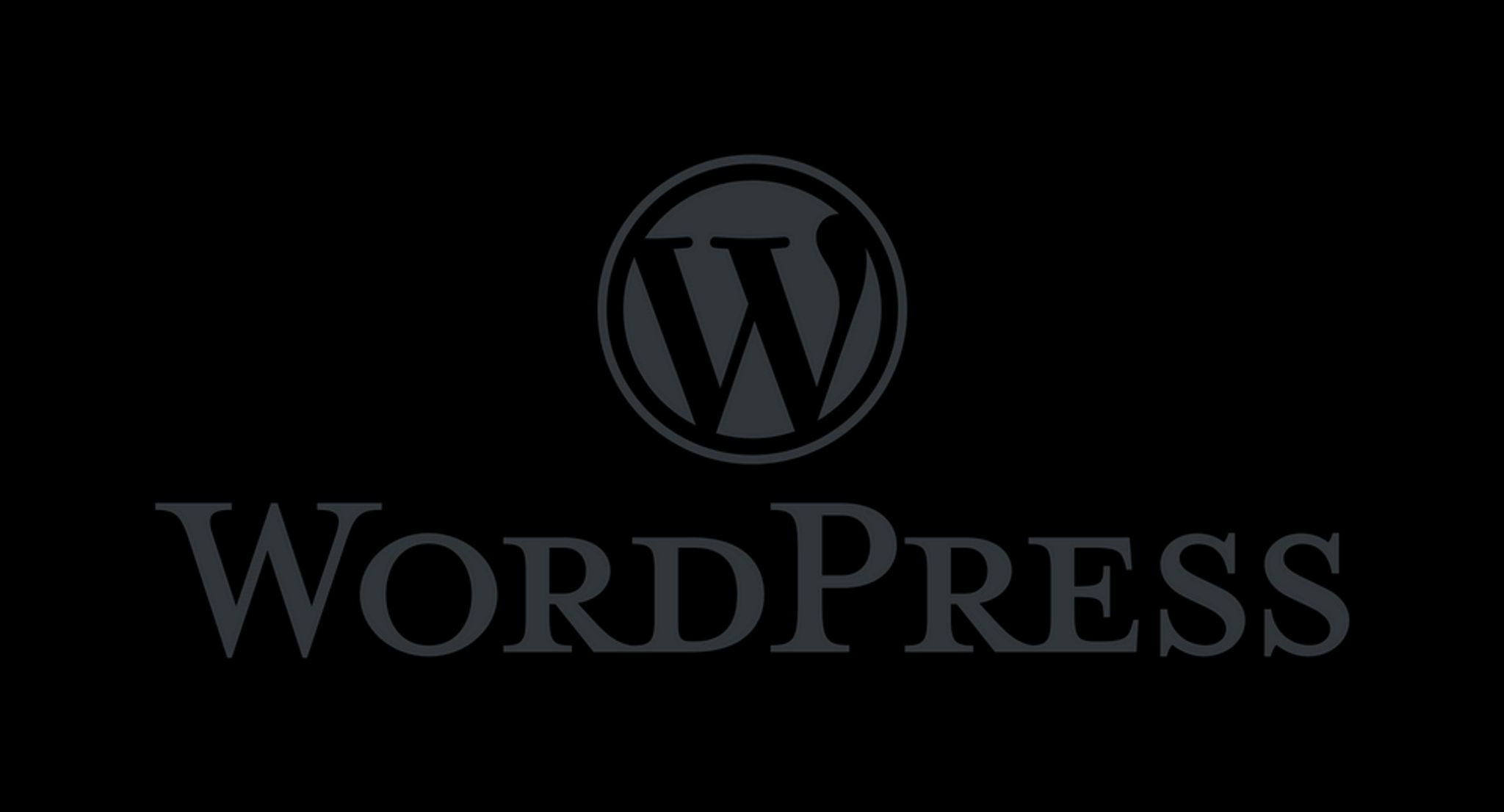How to secure your WordPress Admin area

If you're a regular WordPress blogger or have an important website driven by WordPress, then one of the most convincing reasons to sign up for the best VPN services is to secure your admin area. However, this is just one way of protecting your WordPress admin against unwanted visitors, so in this article, we're going to examine some other ways that you can achieve this.
Quality Hosting
First first things with WordPress security is to choose a quality hosting company. Any decent provider will deliver multiple layers of security, and this is undoubtedly the first thing that you should be looking for in any hosting company. While opting for a cheap provider may seem cost-effective, this could end up being an expensive mistake if your site is hacked.
Two-factor Authentication
Another critical aspect of your WordPress admin protection should be two-factor authentication. This is being built into many aspects of Internet security and involves users having to submit two different types of data in order to log on to their website or admin area. Don't consider running a WordPress site without two-factor authentication being utilized.
Password Practice
Everyone should implement two simple aspects of password practice in order to ensure that their WordPress sites remain secure. Firstly, use a strong password that will be difficult to crack. Don't use basic words, but do include numbers, symbols, and passwords that are difficult to comprehend.
And, secondly, ensure that you keep your password safe at all times. Hackers that are able to crack your computer will be able to find passwords relatively easily if they are stored in documents. Don't fall into this trap; keep your WordPress password private.
Nulled Themes are Dangerous
Many WordPress users may not have encountered nulled themes. But these are customized themes that are based on existing premium platforms. There are two obvious reasons to avoid these. Firstly, they are illegal. And, secondly, it is perfectly possible for such themes to contain malicious code, which could completely destroy your website or computer, and render your personal details vulnerable. There is a vast number of legitimate WordPress themes available, so you should certainly sign up for one of these, rather than using their dodgy alternatives.
Install a WordPress Security Plugin
WordPress is known for its plug-in options, and security software is certainly among them. Continually checking your website for malware is a time-consuming process, and can often require knowledge of coding as well. Security plug-ins designed to work with WordPress will take care of this process, scanning for malware and monitoring your site on a 24/7 basis.
Disable File Editing
File editing can be a useful aspect of the WordPress package, but it also potentially compromises your admin area. If someone can break into your WordPress account, they are capable of injecting malicious code into your themes and plug-ins. And this can be so subtle in nature that you may never notice it.
In order to mitigate against this possibility, you can disable file editing in your WordPress options. You can find this feature via Appearance > Editor.
Install SSL Certificate
Most advanced WordPress users will be aware of Single Sockets Layer, most commonly referred to as SSL. These are beneficial for all manner of websites, but it is important to utilise SSL effectively and responsibly. Google has already recognized the importance of SSL certificates and provides sites that have acquired this certification with a priority place within its search parameters.
So by signing up for an SSL certificate, not only are you safeguarding your website and the visitors who arrive there, but also ensuring that you rank more highly in Google results.
Limit Login Attempts
WordPress sites are defaulted to enable you to log in as many times as you want, without ever being locked out for incorrect attempts. This does make it easier for the admin of a particular site, but it also leaves your WordPress admin area are open to brute force attacks, similar to the much publicized DDoS.
By limiting the number of login attempts that are allowed on your WordPress site, you simply eliminate this possibility completely. This can be achieved via Settings > Login Limit Attempts.
Update WordPress Regularly
Finally, although the modern Internet with its endless requests for updates can be irritating, there are valid security reasons for updating your programs. And you definitely shouldn't ignore this with your WordPress site. The tiniest vulnerability can enable a hacker to get in via the back door and cause untold damage to your website, with extremely serious consequences.
Conclusion
WordPress is a brilliant content management system, but you cannot afford to neglect your WordPress admin Security. Failing to keeping it up-to-date will make your site extremely vulnerable to hackers. Yet maintaining WordPress security isn't that difficult, and simply following the tips assembled here will ensure that your WordPress admin remains completely safe from attacks.